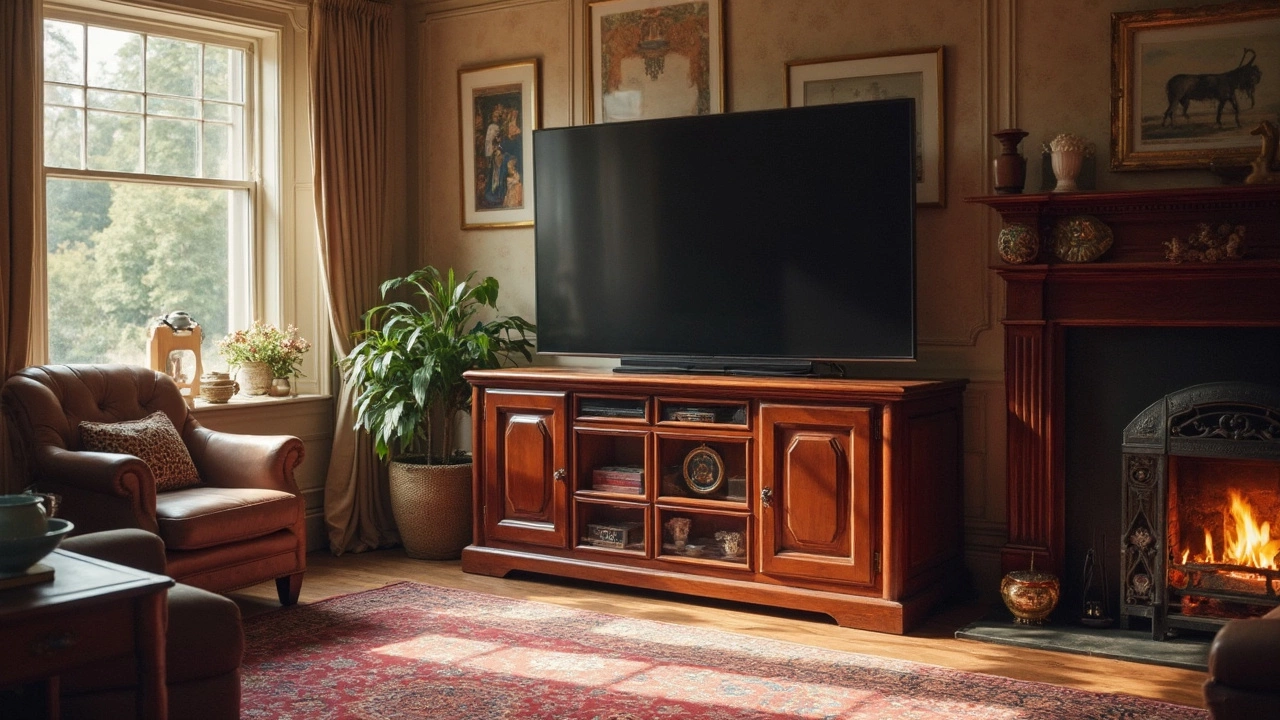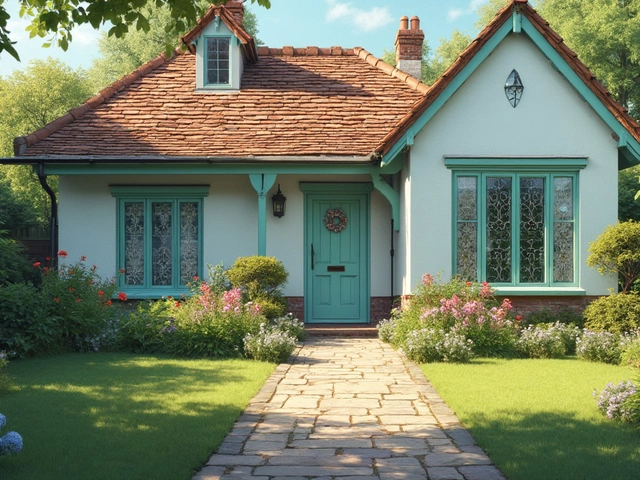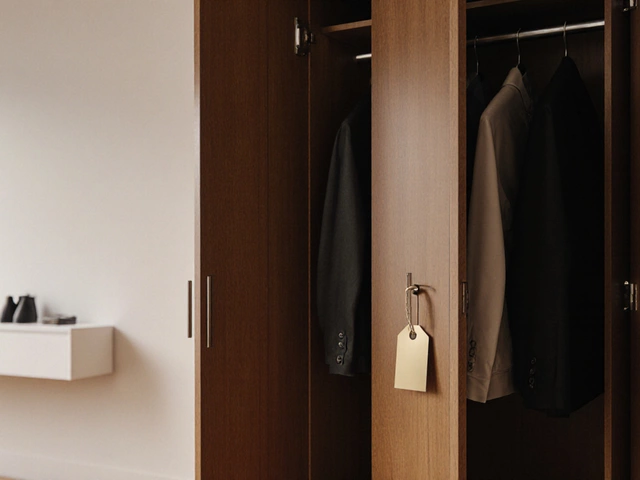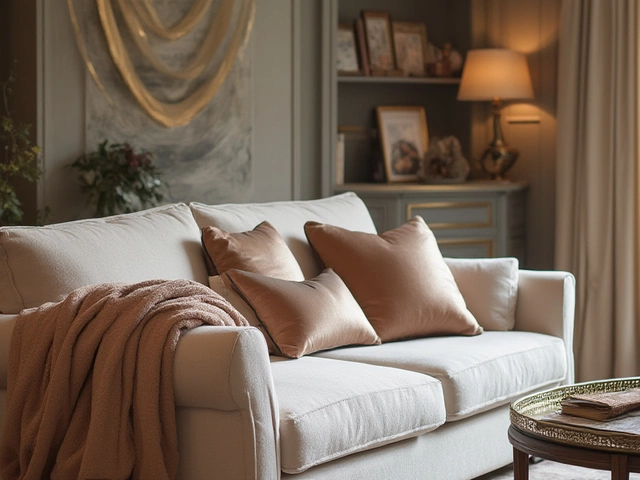So you’ve got the new TV all set up, and it’s time to figure out if a TV stand is the right move. A lot of us instinctively think, 'Yeah, I definitely need one.' But do you? It's time to weigh your options without just following the norm. TVs are a focal point in most living rooms, but how they fit into your space depends a lot on what you want out of the set-up.
First off, think about the space you've got. A TV stand isn’t just about holding the TV. It's also about organizing all your other gear — think gaming consoles, streaming devices, and sound systems. But if you're low on space, cluttering up your room with more furniture might not be the best idea.
- The Role of TV Stands
- Wall Mount vs. TV Stand
- Space and Storage Solutions
- DIY or Store-Bought: What to Consider
The Role of TV Stands
Let’s unravel why TV stands are still sticking around in our homes. In the simplest terms, a TV stand does what it says on the tin—it holds your television. But there's more to it than just that. It's a home décor element, offering both aesthetic appeal and practical benefits.
For one, TV stands provide a crucial organizational role. They often come equipped with extra shelves or cabinets where you can neatly stow away your DVD collection, game consoles, or that nest of cables that's been causing havoc. You can also display your favorite knick-knacks or photos, personalizing your living space.
Design and Flexibility
When picking out a TV stand, the design is a big part of the decision-making process. They come in all sorts of shapes and styles, from sleek modern glass stands to chunky rustic wood designs. A well-chosen stand complements your existing furniture and ties the room together. Flexibility in design allows you to move your setup easily if you decide to change things around, which isn't something you can say for wall mounts.
Size Matters
Another thing to keep in mind is size. The stand itself should fit comfortably in your space without overpowering the room. On the flip side, it needs to be sturdy enough to handle the weight and width of your TV. Many stands are designed to fit specific ranges of TV sizes, so it's smart to measure your TV and space before heading out to shop.
Here’s a quick look at how size guides compare with TV sizes:
| TV Size | Suggested Stand Width |
|---|---|
| Up to 32” | 28” to 31” |
| 33” to 42” | 32” to 45” |
| 43” to 55” | 46” to 60” |
| 56” to 70” | 61” to 80” |
| 71” and up | 81” and greater |
Remember, it’s not only about the TV. Consider the additional equipment and decorations when selecting a stand size. The stand should cater to everything without making your living space feel cramped.
Wall Mount vs. TV Stand
It's the age-old debate: TV stand or wall mount? Each has its perks, and it really comes down to what suits your setup best.
Why Go for a Wall Mount?
If you’re thinking about freeing up floor space, wall mounting is a solid option. It gives your living room a sleek, modern vibe, and keeps things minimalistic. Plus, if you've got kids or pets, having the TV out of reach can be a lifesaver.
One of the biggest wins with a wall mount is the flexibility in viewing angle. You can adjust it to suit your ideal TV height, which is usually eye-level when you're seated. For those wondering about durability, today's mounts are designed to support various TV sizes securely.
Benefits of the Classic TV Stand
On the flip side, the classic TV stand has its own charm. It's not just about the TV; it's a part of your room's decor. With a stand, you can showcase personal touches with photos, books, or quirky objets d'art.
Moreover, it brings extra storage — think DVDs, gaming accessories, and more. Some TV stands even come with built-in cable management systems to keep those pesky cords orderly and unseen.
Cost Comparison
Price often plays a big role in the decision. Wall mounts can vary in price, generally starting cheaper than the average TV stand. However, installing a wall mount might require professional help to get it just right, which adds to the cost.
| Option | Average Cost | Installation Fee |
|---|---|---|
| Wall Mount | $30-$100 | $150-$300 |
| TV Stand | $100-$500 | None (self-assembly) |
Ultimately, the choice hinges on your personal style, space constraints, and budget. Whether you lean towards a stand for its storage or a wall mount for its sleek appeal, both can make your home decor shine.
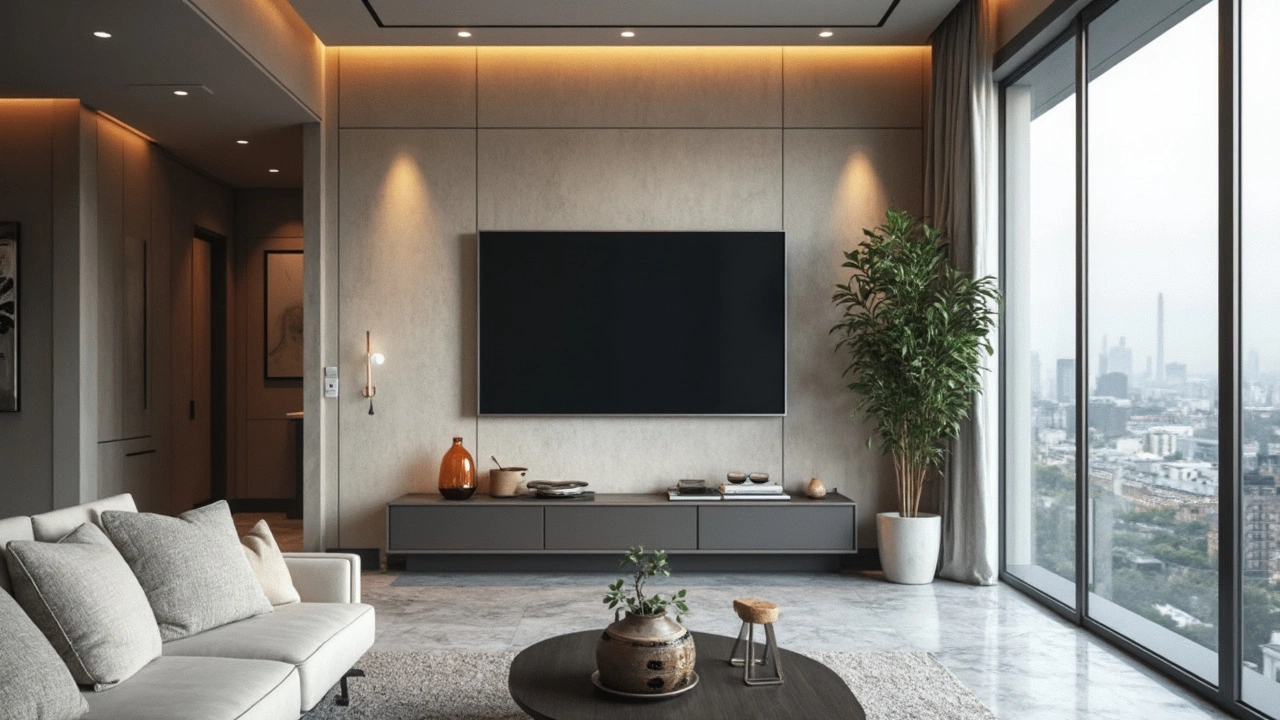
Space and Storage Solutions
When deciding if you need a TV stand, space and storage are two big factors. The right stand can not only make your living room look sleek but also keep it organized. So how do you know what's right for you? Let’s figure it out.
Room Size and Layout
If you've got a smaller living space, every inch counts. A bulky TV stand might eat up valuable room. In these cases, a minimalist stand or a wall-mounted entertainment center might be better. On the flip side, larger rooms might benefit from a sizable stand that balances out the empty space.
Storage Needs
Let’s talk about storage. A TV stand isn’t just for the box itself, it’s for everything that comes with it. This includes consoles, remotes, and any decor you might want to showcase. Here’s a simple way to figure out what storage options are best for you:
- Open Shelving: Good for easy access and showcasing pretty items like books or small plants.
- Enclosed Cabinets: Perfect if you want to hide away clutter and keep it dust-free.
- Mix and Match: Combine the two for the best of both worlds if you have mixed content.
Tips for Choosing Wisely
Here's what you want to think about when picking a TV stand:
- Measure your TV and Room: Make sure the stand fits well in your space and can support your TV’s weight and size.
- Consider Future Needs: Think about any future gadgets you might purchase, from soundbars to streaming devices, and make sure there’s space for them.
- Material Matters: Choose sturdy materials because they’ll last longer and often look better as they age.
These points might seem small, but they make a big difference in how your room functions and feels. Align your choice with your lifestyle, and you’ll be chilling in no time, TV remote in hand, chaos neatly tucked away.
DIY or Store-Bought: What to Consider
When it comes to picking a TV stand, you might wonder if you should roll up your sleeves for a DIY project or head to the store for something ready-made. Both options have their perks, so let's break it down.
Advantages of DIY
Going the DIY route gives you full control over the design. You can tailor every little detail to suit your taste and match your existing decor, making it a unique piece of home decor. Plus, it's usually easier on the wallet, especially if you have some materials lying around.
Another plus, you can customize storage options. Have loads of gadgets or a pretty big movie collection? Build a TV stand to fit them perfectly. Here's a simple rundown to get started:
- Plan your design, considering your space and storage needs.
- Choose the right materials—wood's a popular choice for that classic look, but consider metal for a modern vibe.
- Get your tools ready—a saw, drill, and some sandpaper should get you started.
Advantages of Store-Bought
If time isn't your friend or you just don't fancy the idea of sawing wood, store-bought might be your ticket. It's convenient, and you often get to see exactly what you’re buying in person (or at least check out reviews if it's online).
Store-bought TV stands often come with cable management systems, which are super handy for keeping those cords in check. Plus, many options offer warranties—peace of mind if anything goes awry.
Key Considerations
No matter which way you lean, keep these points in mind:
- Budget: DIY can often be cheaper, but don't forget to factor in the cost of tools if you don't have them already.
- Time: DIY projects can be time-consuming. Are you okay with that?
- Skill level: If you're new to DIY, starting with a TV stand might be a challenge. But hey, you gotta start somewhere!
Whether you go DIY or opt for a store-bought version, the key is making sure it fits your style, budget, and needs. After all, a TV stand is more than just a piece of furniture; it's part of your home.
